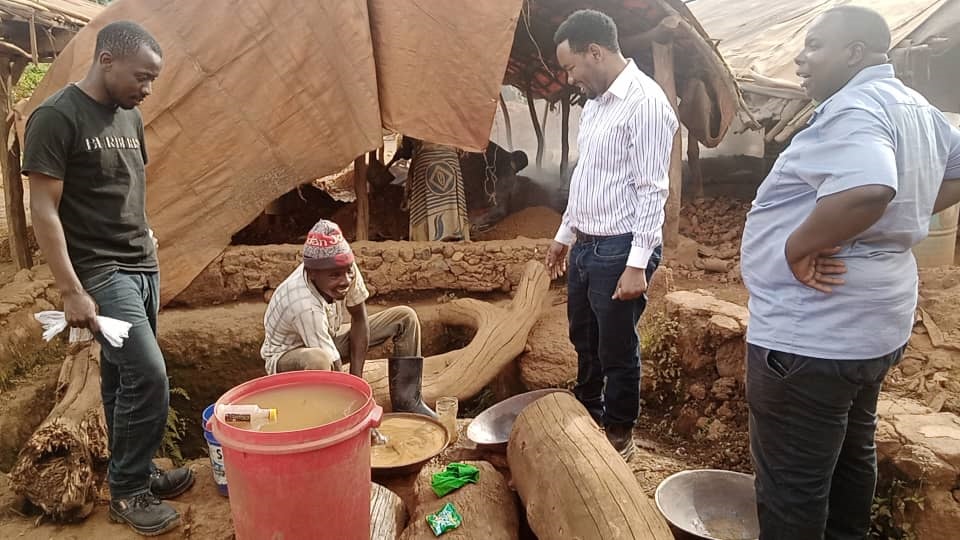Healthy Working Environments (HWE) was funded American Industrial Hygiene Association (AIHA) under micro-grant to conduct safer mining training to artisanal and small-scale miners in Shinyanga and Geita region Tanzania to reduce silica dust exposure as Artisanal gold miners in Tanzania are earning a living while putting their own health in jeopardy. Earlier research in Shinyanga region of Tanzania done with USA based NGO Occupational Knowledge International (OKI) indicated that average airborne exposures among underground gold miners were 337 times the Permissible Exposure Limit (PEL) for silica dust in the U.S. Those processing ore at the surface had average exposures that were four times the PEL. These silica dust exposures are known to cause silicosis, lung cancer and are a significant risk factor for Tuberculosis (TB). Mercury that is commonly used for extracting gold is associated with a range of serious neurological symptoms and is a well-documented as the most significant source of environmental mercury contamination. A recent report from the International Peace Information Service surveying local residents in 32 villages in the region found common concerns of pollution and harm to livelihoods from mining activities
HWE conducted safer mining training to miners and processors to introduce safer mining practices to reduce exposures to silica dust, mercury and other heavy metals present in gold ore. The awareness of these hazards were raised in along with the increases of awareness of occupational hygiene in Tanzania. Silica dust and hazardous metals were reduced by training the miners to use of wet methods that have been proven effective in artisanal mining. The use of locally available backpack sprayers, wet misting, and wet milling were explained. Although our safer mining did not attempt conducting any pilot but we focused on improving health and livelihoods of artisanal miners by introducing safer mining practices through training. This was also our entry point to work with miners on promotion of occupational hygiene.
We focused on four outcome: Empowering mining communities to take steps to improve mining practices, Improving gold processing to reduce silica-dust exposures and eliminate
Progress
- Safer mining project has started on 4th April 2022 to artisanal miners, the following has been covered :-
- Field visit to mining villages and sites to conduct pre-training agreement and schedule
- Mobilization miners and processors
- Preparation of training materials and venue for Training
- Conducting safer mining training to miners and processors
- Currently 789 miners and processors trained
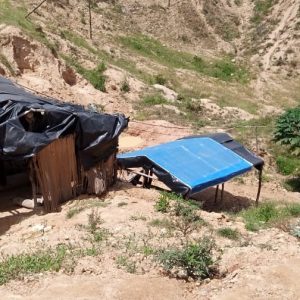
Small-scale Underground gold mine shed at the entrance to prevent rainwater in Northern Tanzania
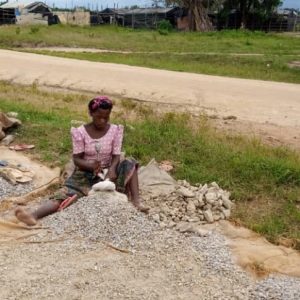
Women miners reducing size of rock using manual hand hammer
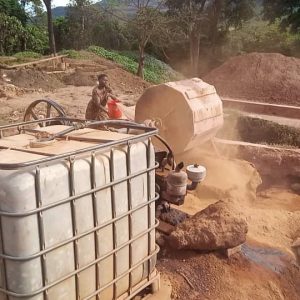
Dry operating crusher producing dust and Miner (Female) trying to reduce dust by pouring water to the running crusher

HWE Executive director(Right side) educating Miners who was using mercury on health and environmental effects of mercury
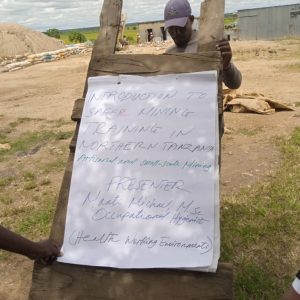
Safer mining Training flip board
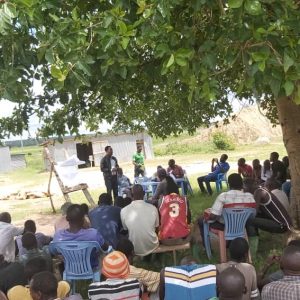
Miners and processors listening safer mining training

HWE executive director providing descriptions on the safe way of mining to the miners and processors
We focused on four outcome: Empowering mining communities to take steps to improve mining practices, Improving gold processing to reduce silica-dust exposures and eliminate
Project Details
agency: "Minos"
project: Safer Mining Project
date: 4th April, 2022
AD: Field visit to mining villages and sites to conduct pre-training agreement and schedule.

